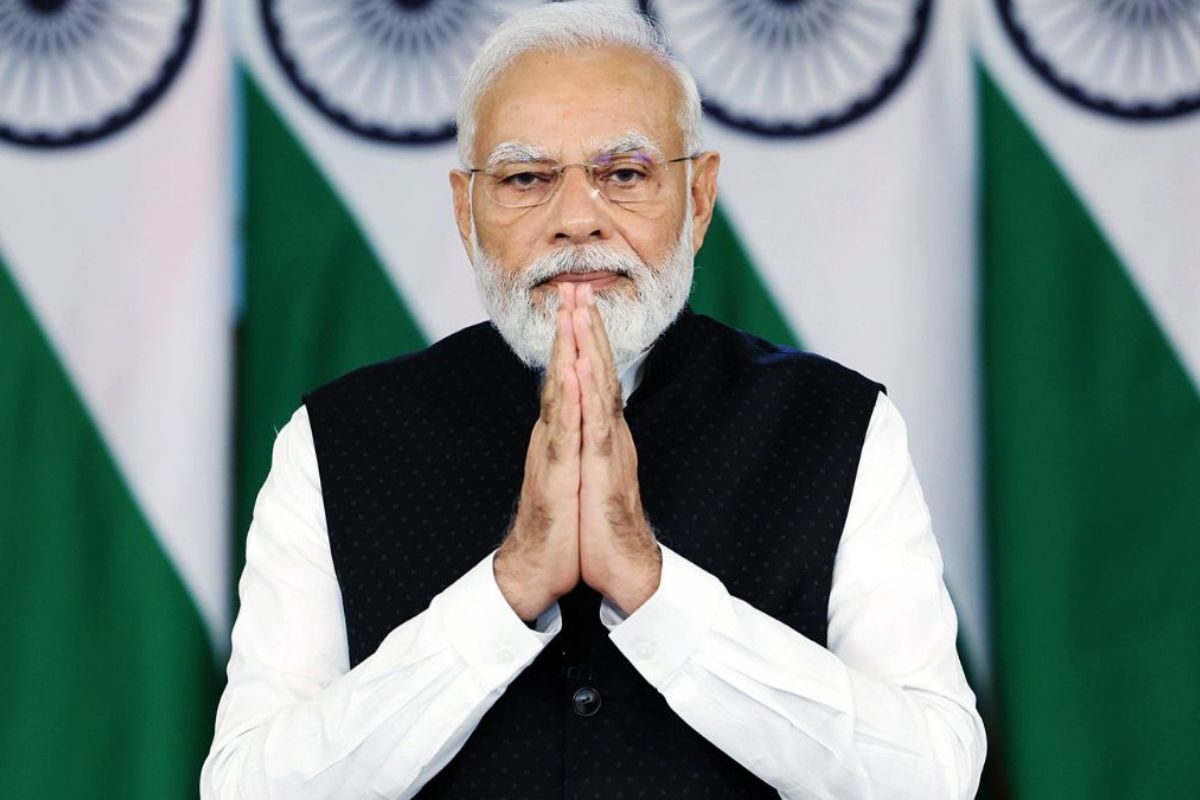21 Jun , 2023 By : Debdeep Gupta

Indian Prime Minister Narendra Modi’s state visit is being framed as a game-changing engagement with American President Joseph Biden. Beyond the theatrics, both governments appear poised to announce a wide-ranging package of concrete deliverables. There is real momentum behind the expansion of security ties, including both defence and strategic commercial issues.
The larger challenge remains – finding a common vision for the countries’ economic future. Both leaders must find meaningful ways to lash their economies together, both for respective prosperity – and to stop feeding China’s belligerent economic and military expansionism.
Commercial Ties: The Three Tracks
Commercial ties between the United States and India are progressing along three separate tracks. On one track, “real commercial ties,” the news is quite good. Annual bilateral goods trade has crossed the $130 billion mark, and services trade is at least half that.
US-India information technology services trade remains the quiet backbone of the commercial relationship. The United States contributes a sizeable portion of India’s $50 billion annual foreign investment, and India is increasingly a key source of foreign investment in the United States.
A second track, focused on strategic commercial relations, has shown meaningful progress in the last few years. Both the United States and India are concerned about China’s increasing ability to employ commercial coercion in critical technology sectors.
The countries share concerns about Chinese data firms’ inability to withhold customer information from a security-conscious communist party leadership. Additionally, the countries have shared fears of China’s potential domination of advanced technologies that will rapidly become fundamental to economic transformation in areas such as 5G communications, advanced semiconductors, artificial intelligence, and quantum computing.
A crucial third track of our commercial relations, “everything else,” is filled with challenges and friction.
The Friction Points
American firms have steadily lost market access in sectors where India has adopted higher tariffs. Furthermore, developments such as local manufacturing rules, and the anticipation of expansion of data controls in the near future fuel uncertainty.
This, along with the US’s recent movement towards promoting domestic production may be indicative of an increasingly protectionist stance from both countries. This can be harmful to the shared economic prosperity of both nations and could also hamper their competitive stride against China.
On the other hand, Indian firms continue to quietly push for a more liberal visa policy to support the vibrant technology services trade, as well as a relaxation in the steel and aluminium tariffs introduced during President Trump’s administration.
Finally, the 2019 termination of India’s trade benefits under the Generalised System of Preferences (GSP) program still burns. Thus, while the worst of the trade fighting is dormant, certain issues continue to simmer.
Shed The Limited Focus
The summit on June 22 is expected to have a sharp focus on the second bucket. We can expect a range of announcements to augment US-India commercial cooperation across several “strategically significant” sectors. This will presumably include a push by the governments to jump-start US-India commercial cooperation in defence research and production.
The Indian government has further prioritised self-reliance in defence production, while the US Department of Defence continues to look for ways to fulfil this need without eroding American defence firms’ innovation leadership. This can be a hard needle to thread. We can also expect key announcements around climate change cooperation during the visit – India’s actions on climate change are closely linked to job creation, which tends to rank much higher to Indian voters than the mitigation of climate change broadly.
Taking steps to cement cooperation in strategically significant commercial sectors is important. But this limited focus misses the far wider range of areas in which the United States and India need to further elevate commercial ties.
Commerce Can Counter China
As noted earlier, technology services cooperation remains the most significant element of the countries’ commercial relationship yet gets relatively little focus from policymakers. Other services sectors, including insurance, banking, media, and more, face several impediments but rarely receive any senior-level attention. Similarly, firms in sectors ranging from automobiles to consumer products could benefit from high-level government engagement and concrete steps on both sides to remove impediments.
Both countries’ leaders must ensure that the entirety of the commercial sectors have expanded opportunities in each other’s markets. China’s massive accumulation of trade surpluses has provided the country with the required capital to build, buy, and steal strategic technologies. This has fuelled China’s economic embrace of smaller nations in the Indo-Pacific and beyond.
The United States and India will be core drivers of global growth in the coming decades. It is important to ensure most of that growth – and the resultant economic power – accrues to like-minded nations. Removing roadblocks to cooperation can help ensure we both reduce our reliance on China as the “workshop of the world,” and degrade China’s economic heft.
0 Comment